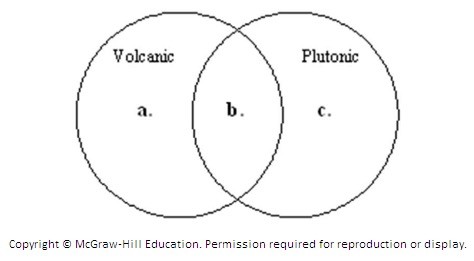Discuss how specific land-use management strategies, such as no-till agriculture, can result in conservation and restoration of soils and financial savings
What will be an ideal response?
Conventional industrial agriculture includes plowing fields after each harvest to aerate the soil and work crop residues into the soil to nourish it. However, tilling leaves the surface exposed and can increase both wind and water erosion. By using no-till agriculture, only a thin strip is cut in the soil, enough to allow planting seeds but otherwise leaving rooted vegetation untouched. Using this method, yields are often equal to or better than in conventional tillage, water retention of soils increases, and erosion is reduced. In addition, less time, energy, and mechanical resources are needed in cultivation, resulting in financial savings, not to mention the savings on fertilizer from reduced erosion.
You might also like to view...
Why does the heat budget vary with latitude?
a. The angle of the sun at varying latitudes b. The proximity to magnetic poles c. Atmospheric circulation currents disperse solar radiation d. The axis of the Earth
A type of rock that forms directly from precipitates of hot water is called a(n)
A. hydrothermal rock. B. igneous rock. C. sedimentary rock.
Use the Venn diagram shown below to answer this question. Which section of the diagram includes high silica rocks?
Which section of the diagram includes high silica rocks?
A. Volcanic B. Both volcanic and plutonic C. Plutonic
Mount Vesuvius is a cinder cone
Indicate whether the statement is true or false